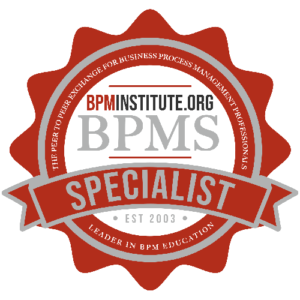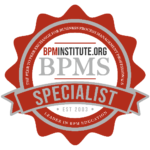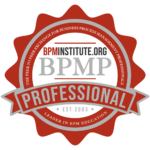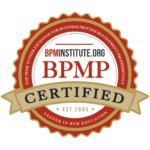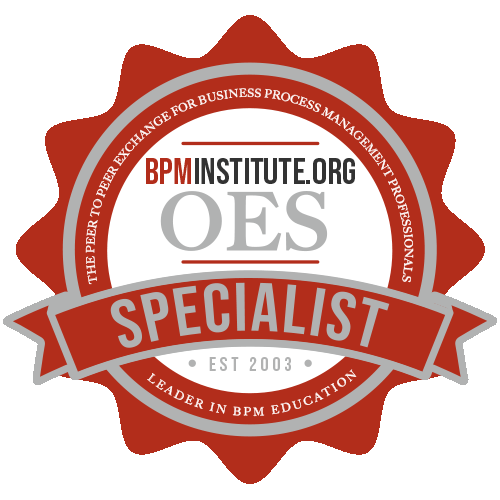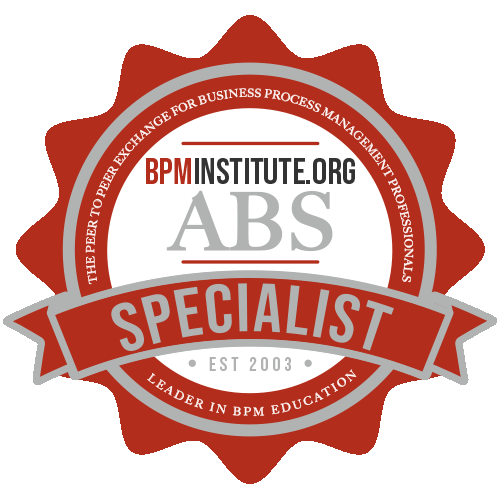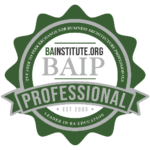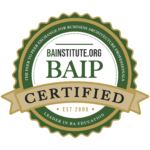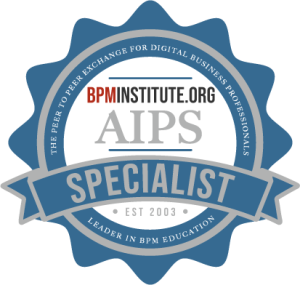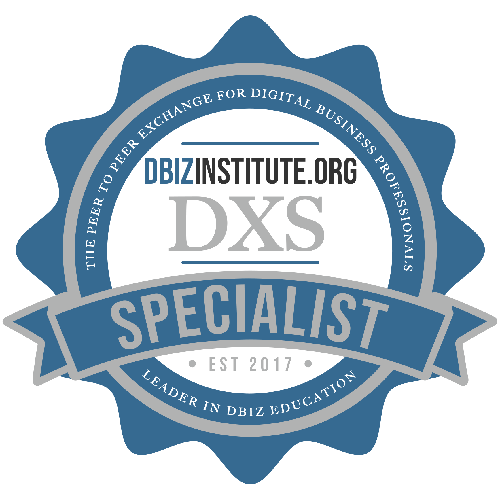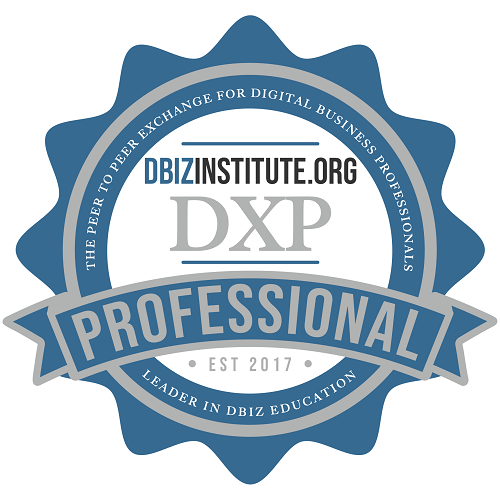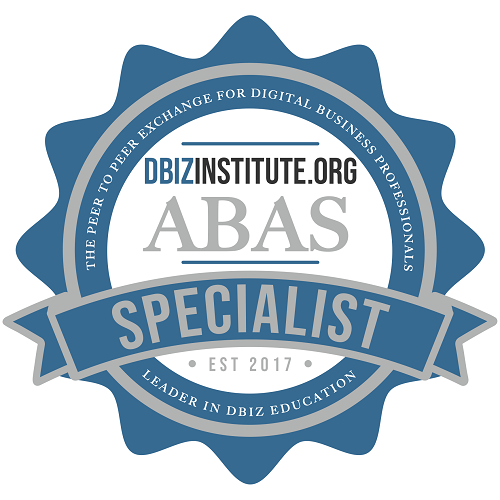Today, most BPM tools see human task as an end point – making an accept, reject, or delegate decision. The system is oblivious to what that person needs to arrive at a decision – who he needs to talks to, the documents he needs to reviews, the people he must email. In order to capture the totality of the process lifecycle, BPM must enable collaboration – not just in in aligning business and IT goals and deliverables during the development cycle, but with functions that capture and promote end-user productivity.
How to Use AI to Identify Process Improvements from Meeting Notes
Most process teams capture meeting notes. Few ever use them to improve their processes. That’s a missed opportunity. Meeting transcripts and summaries are rich with clues — recurring issues, delays, handoff gaps, or suggestions that surface week after week but never...




